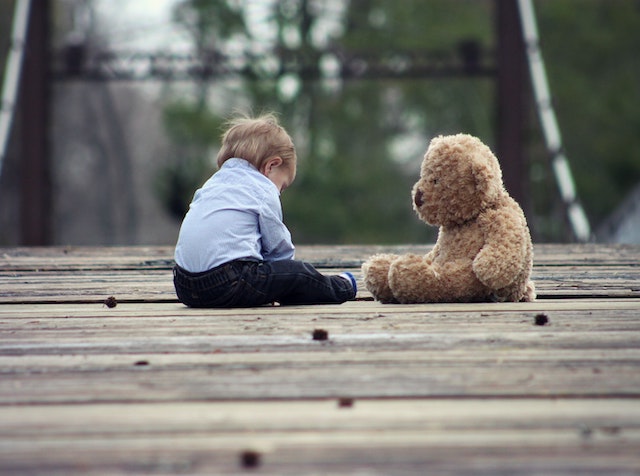How to Tell the Difference Between Discipline and Child Abuse
As a parent, a friend, a neighbor, or just a concerned bystander, you may one day notice a child being put in an uncomfortable or painful situation by a parent. It may be something simple, like making a child walk instead of being carried, resulting in the child crying. Or it may be something more concerning, like physically spanking the child as a punishment for bad behavior.
If anyone notices a child in an abusive situation, they know it’s important to contact the authorities and/or remove the child from the situation as soon as possible. But what about gray areas, which might be described as emotional or physical abuse from a technical perspective, but are intended as a form of discipline? What are you supposed to do?
Unfortunately, child abuse laws tend to be ambiguous when it comes to differentiating between discipline and abuse. However, there are a few strategies and general rules you can follow to make sure you take action when necessary.
The Definition of Child Abuse
The legal definition of child abuse varies slightly from area to area. On a federal level, legislation defines a minimum set of behaviors or actions that qualify as child abuse, and states can modify or amend these further. According to the Federal Child Abuse Prevention and Treatment Act (CAPTA) (42 U.S.C.A. § 5106g), as amended by the CAPTA Reauthorization Act of 2010, child abuse is:
-
“Any recent act or failure to act on the part of a parent or caretaker which results in death, serious physical or emotional harm, sexual abuse or exploitation”; or
-
“An act or failure to act which presents an imminent risk of serious harm.”
Because discipline usually involves a direct action, and not a lack of action, we can ignore elements of these definitions related to a “failure to act.”
The first definition is straightforward in a few important ways. If an action results in death, or includes sexual abuse or exploitation, it is unambiguously qualified as child abuse; chances are, you won’t see someone carrying out actions like these, and if you do, there will be no doubt in your mind that it qualifies as abuse.
The trickier part of the definition focuses on actions that result in “serious physical or emotional harm.” What, exactly, qualifies as “serious?” And if a child cries or pouts, is that an indication of emotional harm, or is it just a child being a child?
The Differences Between Discipline and Abuse
There’s no single definition that can effectively explain the difference between discipline and abuse when the actions fall into a gray area—one that may or may not constitute “serious physical or emotional harm.” However, there are some general rules you can follow to distinguish between the two:
-
Discipline should never require medical attention. Broken skin, swelling, and even bruises should not arise as a result of discipline. If a parent or guardian is “disciplining” a child in any way that could require medical attention, it should be considered abusive.
-
Discipline is about education, not instilling fear. Old-school views on punishment tolerated forms of discipline that made a child afraid to commit an act in the future. Today, we recognize discipline as appropriate only when educating a child. Most forms of physical discipline are designed to instill fear, but there are some exceptions. Consider the adult’s intent.
-
Discipline requires emotional control. Responsible parents should never harm a child, physically or emotionally, as a result of losing control. Calmly instructing a child to walk, rather than being carried, is much different than screaming at a child and threatening them with consequences.
-
Discipline should only arise from reasonable expectations. Here, we have another ambiguous phrase to deal with: reasonable. Still, discipline should only arise when a child fails to meet reasonable expectations. Children can be expected to not shout in restaurants, or pick up their toys when they’re done. They shouldn’t be expected to speak perfectly all the time or eat a full meal without getting a little messy. If discipline results from unreasonable demands, it could be considered abusive.
Perhaps most importantly, abuse is most dangerous and most obvious when it’s repeated. Most parents lose their temper at one point or another, like resorting to yelling, but in abusive situations, parents see nothing wrong with their behavior and repeat it frequently.
Identifying Abusive Situations
As a bystander, it’s going to be hard to tell the difference between discipline and abuse in certain situations. All you can do is use your best judgment. Think about the true extent of the harm to the child; is this something they’ll easily bounce back from and forget about quickly? And think about the intentions of the adult; is this about teaching a lesson or instilling fear?
I’m a single mother of 2 living in Utah writing about startups, business, marketing, entrepreneurship, and health. I also write for Inc, Score, Manta, and Newsblaze

